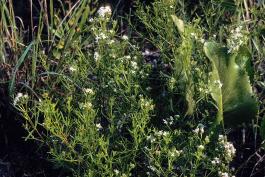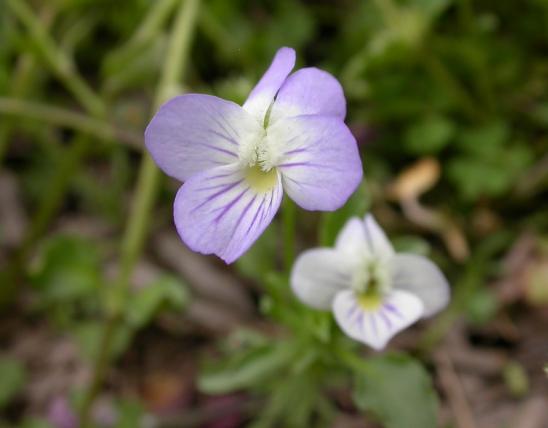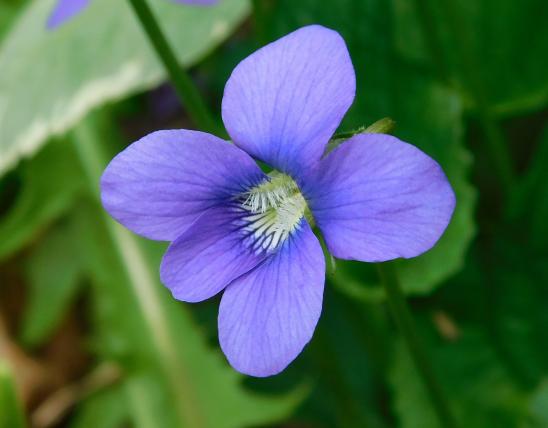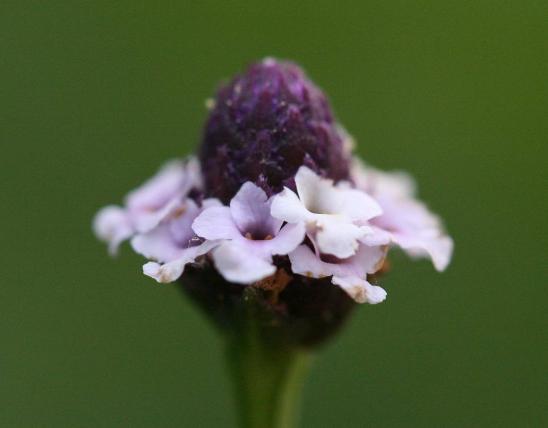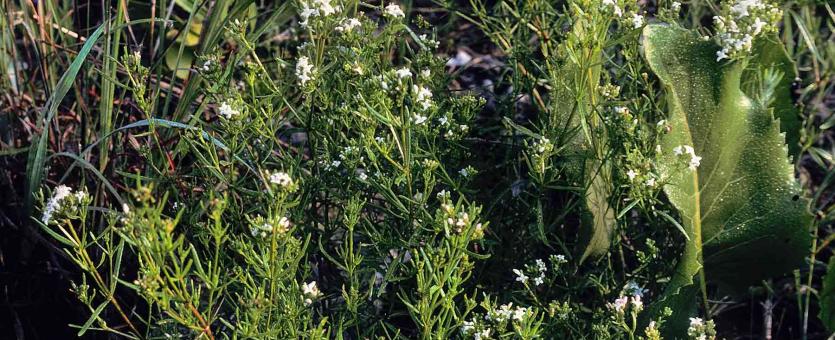
Long-leaved bluets is a perennial herb with upright, slender, branching stalks arising from a basal rosette of leaves. Flowers are on slender stems arising from upper leaf axils, in loose or crowded clusters, minute, white or pinkish, with 4 petals that are hairy on the inside surface. Blooms April–July. The basal leaves are in a rosette, narrow, and linear. The stem leaves are opposite, oblong to linear. Both types have only one central vein.
Similar species: There are six other species of bluets in Missouri.
Height: to 8 inches; sometimes taller.

Can be found in the Ozarks, south of a line drawn from the southwestern corner of the state to St. Louis. This is roughly the southeastern half of Missouri.
Habitat and Conservation
Occurs on prairies, rocky, open slopes, glades, open woods, and old fields. It usually occurs on acid soils but also is found on limestone.
Human Connections
There are many fun and engrossing activities in Missouri's outdoors. One of these is "botanizing," or hunting for a variety of plants the way birders seek out and identify different species of birds. All you need to get started is a good field guide and perhaps a camera with a good closeup lens.
Ecosystem Connections
The flowers, though tiny, attract a number of insect pollinators, including bees, flies, and butterflies. The foliage doubtless is included in the foraging of numerous herbivorous mammals.

